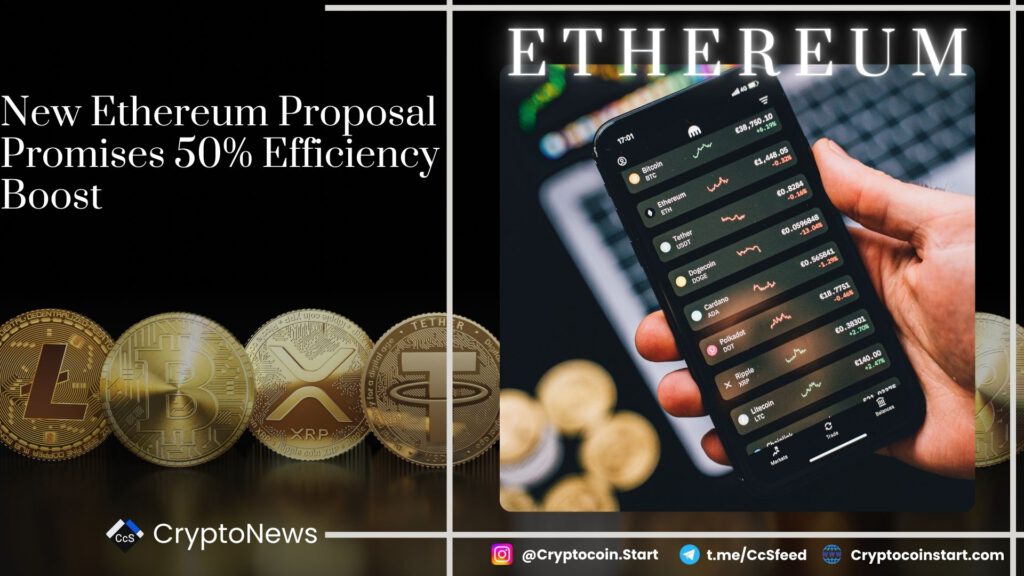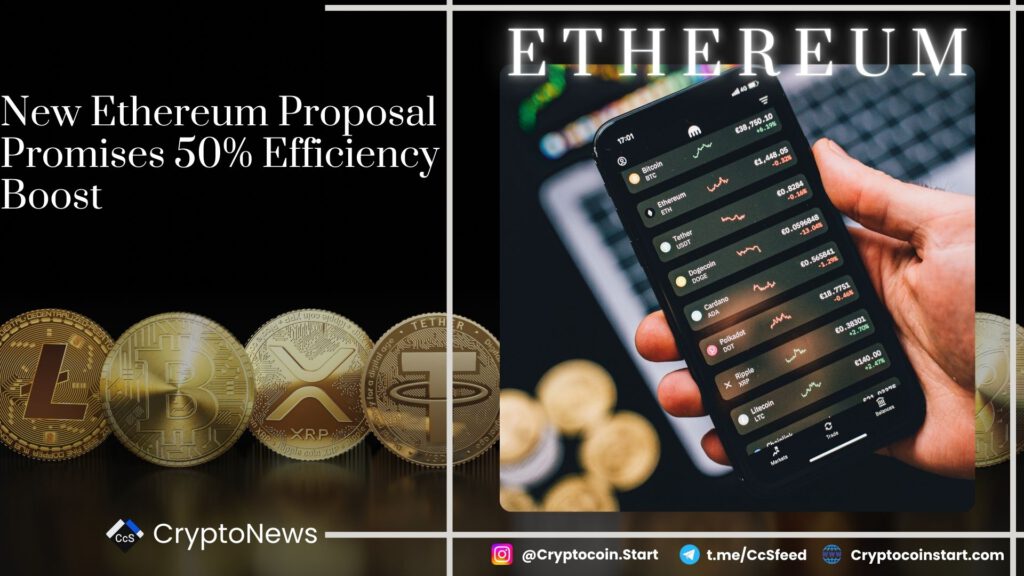
Ethereum’s New Proposal Aims to Cut Block Times and Boost Efficiency
If approved, a new plan aims to cut block times on the Ethereum network from 12 seconds to just 8 seconds. This change would not only speed up the network but also increase the overall data capacity, boosting Ethereum’s throughput by 50%, according to developers.
What Is EIP-7781?
EIP-7781 was introduced on October 5th by Ben Adams, a co-founder of Illyriad Games. The proposal aims to improve Ethereum in several key ways:
- Reduced Block Times: By reducing block times, transactions could happen more quickly. This means that users can get their transactions confirmed faster, which enhances the overall user experience.
- Increased Blob Capacity: The proposal also seeks to increase the capacity of “blobs.” These temporary data structures help reduce fees on layer-2 networks, which support the main Ethereum network. By expanding these blobs, the proposal hopes to make decentralized exchanges, like Uniswap v3, work more efficiently.
Cygaar, a developer known by this name, called EIP-7781 a “first huge” step toward improving Ethereum. While many developers are focusing on layer-2 solutions to enhance Ethereum’s performance, this proposal aims to strengthen the base layer itself. In simple terms, it’s like reinforcing the foundation of a house to make it stronger and more stable.
Support from the Ethereum Community
Justin Drake, a researcher from the Ethereum Foundation, has also expressed support for this proposal on GitHub. He believes that reducing block times will make decentralized exchanges more efficient, potentially saving around $100 million annually in arbitrage between centralized and decentralized exchanges. This improvement means users could benefit from better deals and faster transactions.
Potential Drawbacks
However, not everyone is on board with the idea. Some developers are concerned that reducing block times could create issues for solo stakers—those who validate transactions independently. Shorter block times might lead to an increase in the amount of data on the blockchain, which requires more powerful hardware and higher bandwidth. This could make it more challenging for individual stakers to participate effectively.


